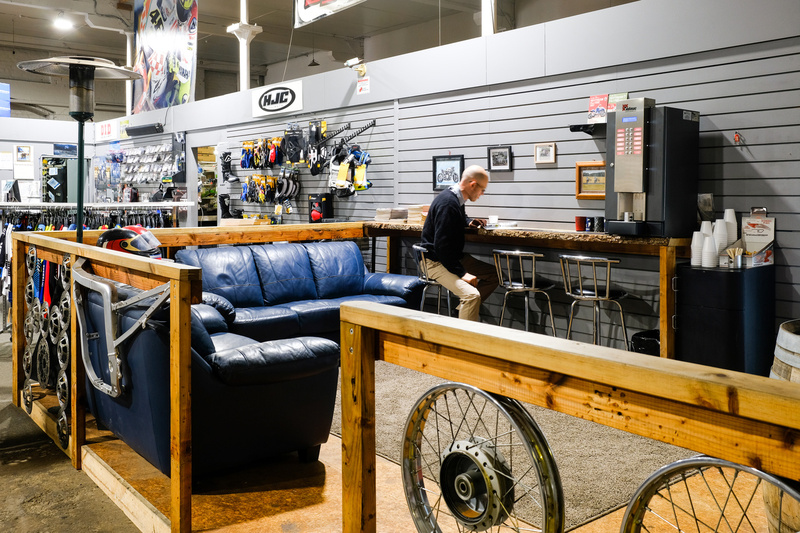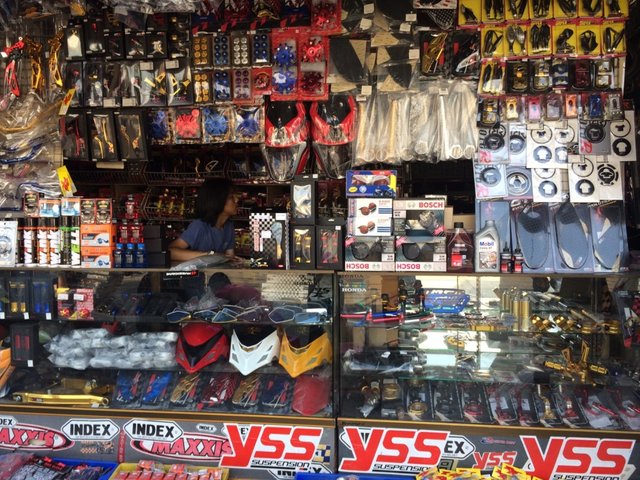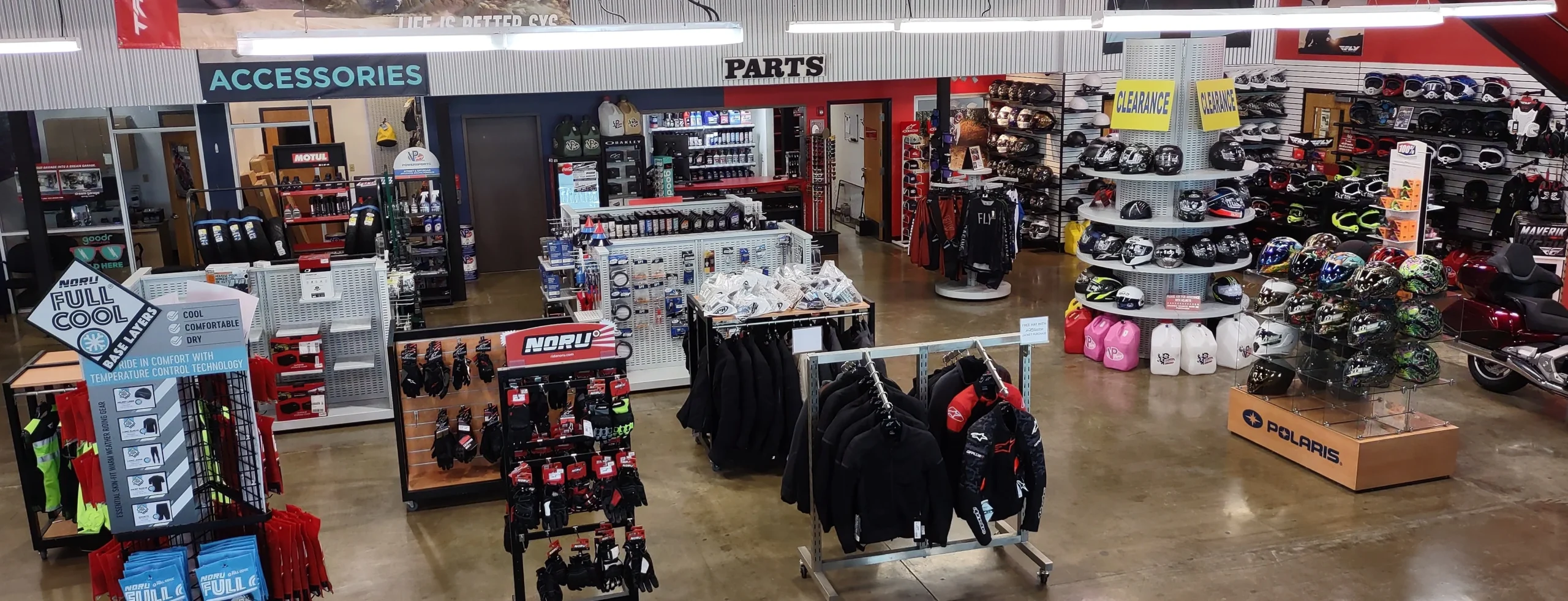Go To Our Motorcycle Shop for Expert Advice and Quality Products
Go To Our Motorcycle Shop for Expert Advice and Quality Products
Blog Article
Grasping Motorbike Gears: Just How to Enhance Your Riding Experience
In the realm of motorcycling, understanding the art of gear adjustment is vital for enhancing your riding efficiency. Correctly making use of and comprehending bike gears can dramatically affect velocity, control, and fuel performance, transforming a typical adventure into a smooth, exhilarating trip.
Recognizing Gear Mechanics
At the core of motorbike characteristics, gear mechanics play a critical role in converting engine power right into movement, ultimately dictating rate and control. The equipment ratios, thoroughly made, establish the partnership in between engine transformations and wheel turns, affecting acceleration and gas performance.
Recognizing equipment auto mechanics begins with recognizing the significance of the transmission, which houses several gears of differing dimensions. These gears interact via a procedure called meshing, where teeth of different gears involve to transfer power. The precision of this communication is critical; any type of imbalance or damage can lead to ineffective power transfer, hindering efficiency. Furthermore, the arrangement and dimension of gears influence the motorcycle's ability to handle various loads and rates.
In addition, the idea of equipment shifting is indispensable to taking full advantage of efficiency. Smooth and timely shifts make sure that the engine runs within its optimal power band, protecting against unnecessary stress and enhancing durability (mx parts nz). By understanding these mechanical complexities, cyclists can achieve a harmonious mix of control, power, and performance, boosting their riding experience
Timing Your Changes
Change timing mastery is vital for maximizing bike efficiency and enhancing the riding experience. Correctly timed shifts make sure that the engine runs within its optimum power band, which is essential for preserving control, accomplishing smooth acceleration, and making certain the durability of the motorcycle. Riders have to create an intuitive sense of when to move equipments, which includes comprehending the relationship in between engine transformations per min (RPM) and speed.
To understand shift timing, pay very close attention to the engine's noise and really feel, as these supply vital clues about when to change gears. When the engine approaches the upper array of its power band without getting to the redline, the suitable change point typically takes place - motorcycle shop. Changing also early can cause a lack of power, while changing far too late may cause unneeded engine stress
Furthermore, road problems and riding style impact change timing. For instance, in city setups, smoother and much more frequent changes may be necessary to browse web traffic efficiently. On the other hand, during freeway riding, fewer changes at higher rates can be a lot more suitable. Exercising in varied settings will certainly enhance your capability to time shifts exactly, ultimately boosting your riding experience to a professional degree.
Enhancing Gas Efficiency
While understanding motorcycle gears is crucial for performance, boosting fuel effectiveness is just as essential for both financial and ecological reasons. Ideal gas consumption not just lowers operational expenses yet also decreases the ecological footprint of riding. To attain this, one must understand the complex partnership between equipment selection and engine performance.
First of all, selecting the appropriate gear at ideal speeds can considerably influence gas intake. Riding in a greater equipment at reduced speeds can lead to engine carrying, which is damaging to both gas economic situation and engine health. Conversely, riding in lower gears at high speeds leads to unnecessary fuel consumption. Hence, keeping an optimum equilibrium by changing equipments in placement with roadway problems and prepared for maneuvers is essential.
Additionally, normal upkeep plays an essential function in fuel efficiency. Guaranteeing that the motorcycle is well-tuned, with clean air filters and effectively pumped up tires, can boost the rules of aerodynamics and lower gas wastefulness. Moreover, embracing a riding style that welcomes progressive acceleration and smooth slowdown can add to better gas economic situation.

Strategies for Smooth Transitions
Attaining smooth gear transitions is essential to enhancing the riding experience and ensuring the long life of a motorcycle's site transmission system. Correct equipment shifting not just adds to a smooth trip yet likewise reduces damage on the mechanical elements. To understand the art of smooth shifts, cyclists should focus on a few vital methods.

Secondly, clutch control plays an essential duty. Engaging best motorcycle riding gear and disengaging the clutch efficiently calls for practice. The clutch lever need to be released slowly, permitting a seamless transfer of power from the engine to the wheels without triggering a shock or sudden movement.

Adapting to Roadway Problems
Browsing varied roadway conditions is a critical skill for any motorcyclist aiming to preserve control and security. Whether you're riding on wet surfaces, gravel roads, or browsing doglegs, your capability to adapt your equipment use and riding technique is vital. Comprehending exactly how to change your gears appropriately can significantly impact grip and security, making sure a more secure trip.
In comparison, when riding on gravel or uneven surface, lower equipments are preferable. Reduced gears give far better control and enable you to respond even more swiftly to unanticipated changes in the roadway surface.
Sharp curves require exact gear administration to balance speed and control. Downshifting before getting in a contour can assist preserve momentum while making certain the motorbike continues to be steady throughout the turn. Consistent method in varied problems enhances your capacity to predict and react to adjustments in road structure and slope.
Conclusion
Grasping motorcycle equipments dramatically enhances the riding experience by enhancing fuel, control, and acceleration performance. A complete understanding of equipment mechanics and accurate change timing makes sure the engine operates within its ideal power band, while smooth transitions with efficient clutch and throttle control increase convenience and efficiency. Adapting gear selection to different road problems, such as utilizing greater equipments on damp surface areas and reduced equipments on crushed rock, more improves handling and safety. Inevitably, these skills raise the total journey.
Comprehending equipment auto mechanics starts with acknowledging the value of the gearbox, which houses multiple gears of differing dimensions. These gears communicate via a procedure understood as meshing, where teeth of click here for more info various equipments involve to transfer power (motocross gear nz). Gentle modifications to the throttle during equipment changes can stop jerky motions and preserve a consistent riding pace
Whether you're riding on wet surface areas, gravel roadways, or navigating sharp turns, your capacity to adapt your gear use and riding strategy is critical. Adapting equipment option to different roadway conditions, such as utilizing greater equipments on damp surface areas and lower equipments on crushed rock, more improves handling and safety.
Report this page